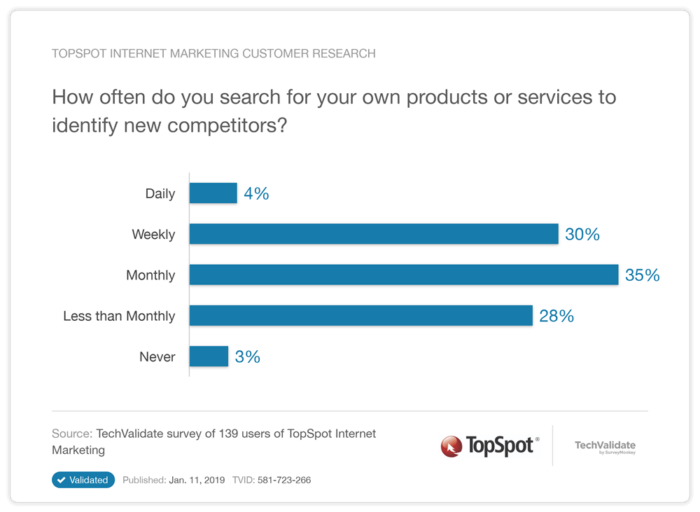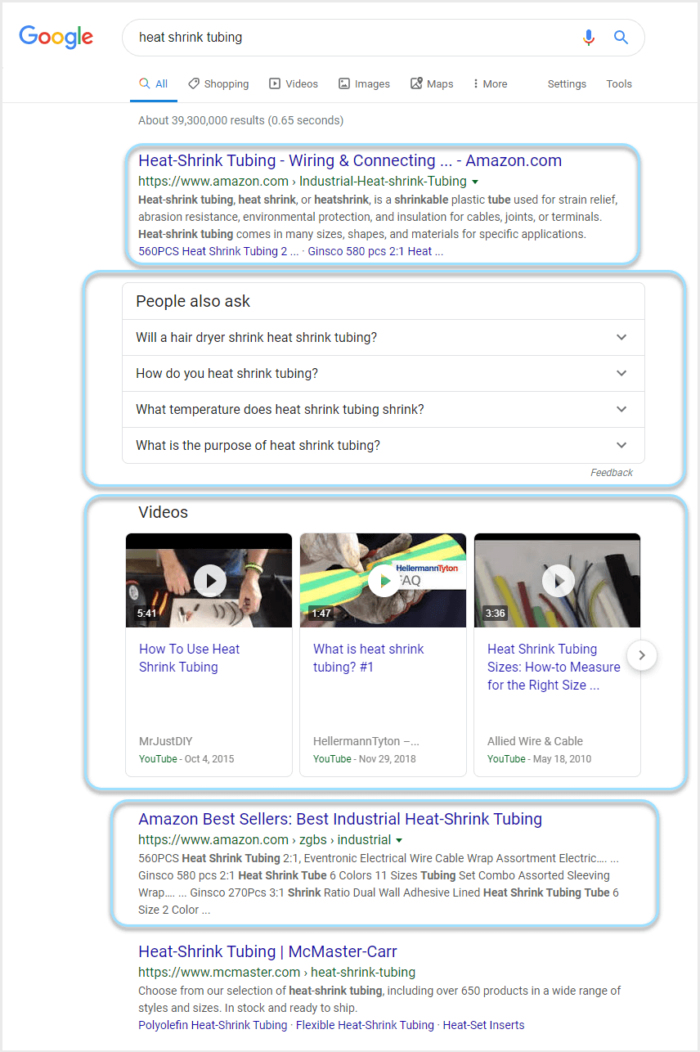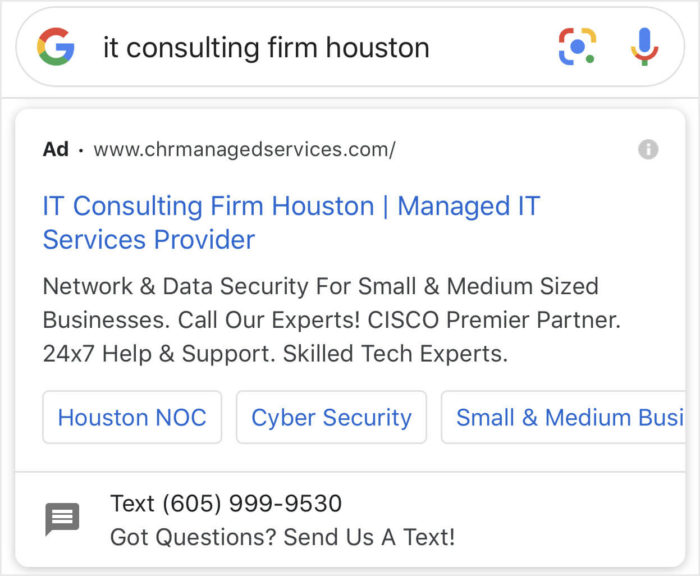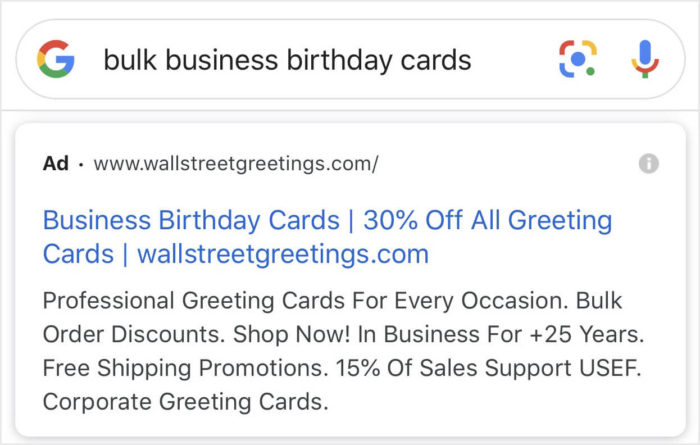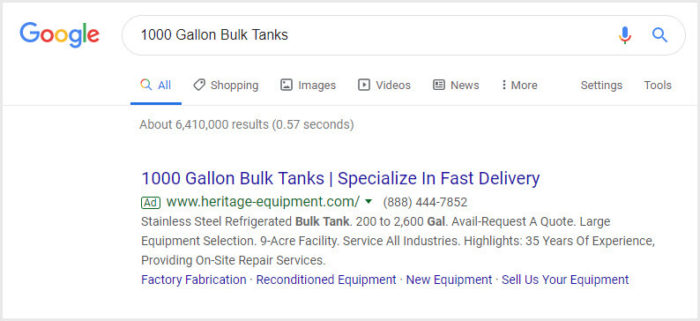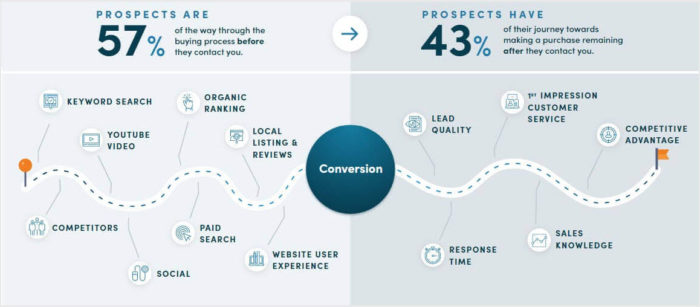December 19 2019
Maximizing the Search Landscape & Beyond
Part 3: Positioning Your Business in Today’s Search Landscape
With the rise in digital activity, one of the most important ways to generate leads is by effectively positioning your business online. The best way to do this is by considering how your customers search and creating the right integrated marketing strategy to address these queries. It’s important to analyze the search landscape for these types of searches and tailor your digital marketing strategy accordingly.
Recently, we talked about how to identify new elements in the search landscape, including paid search. Now we will discuss how to take that information and use it to determine the next steps in your digital marketing strategy.
Assess the Search Landscape
When planning your digital marketing strategy, the first thing to do is identify is who you are competing within the search landscape. Not only should you be analyzing the search landscape, but you should be looking at your competition. In fact, nearly 70% of our surveyed clients say they search for their own services and products monthly, if not more often.
You should be reviewing the search landscape often, from multiple devices and in multiple locations. You might find that the ads and organic listings you see on one occasion might change depending on what device you are using or where you are located at the time. Even a small change of wording can affect what kinds of search results you see.
Chances are you will see your direct competitors no matter how you search. But you should also see indirect competitors such as informational websites such as Wikipedia or online directories. Keeping an eye on the indirect competition within your landscape is just as important when determining your digital marketing strategy.
Indirect competition can by anything from larger directories, like Amazon, to informational websites such as Wikipedia or blog posts to organic snippets like the videos and People Also Ask snippets shown above.
Set Yourself Apart
Now that you know how to identify your competition in the search landscape, you can take that information and determine what makes you stand out. Think about the things that truly make you stand out from the competition. You might have similar products or services, but what makes you different from the rest?
Beyond the basics that you have already determined by using the B-SMART Method®, there are other elements that might make you stand out from the competition. They may include:
- Quality standards and certifications
- Turn-around time
- Locations served
- Available customization
- Industry experience
- Customer service
The last piece of building an effective marketing strategy for these transactional landscapes is including a unique selling proposition. It’s likely that your potential customers have clicked through several results on the first page to choose the company that is best suited to meet their needs. For this reason, it’s vital to educate your potential customers on what sets your business apart from the rest. To do this, it’s best to be specific: Do you offer a superior warranty? Will your customers receive free shipping no matter where they are located? These differentiators could make a difference for your business.
You can showcase your differentiators within the search landscape by utilizing Paid Search Ad features, organic snippets, or within the content of your website.
Customer Service: Your Most Important Differentiator
Often the forgotten differentiator, customer service is a crucial factor when potential clients are deciding on a vendor. Doing a thorough audit of your business’s customer experience is one of the easiest ways to set your company apart from the competition and maintain a great reputation. It can also help with gaining new business.
93% of customers we surveyed stated that they are are more likely to recommend a company due to outstanding service over price or product quality.
Source: TechValidate. TVID: 933-556-F1F
Just like you reviewed the search landscape and your competition, you should take the time to audit your customer experience. You can do this through form and call tracking, engagement metrics (such as time spent on site and what pages they visited) and lead quality.
A customer might be ready to choose your company, but if your customer service doesn’t live up to the expectations created by your digital presence, then you might still lose them.
Your customer service is not just being compared to your competitors, but to every company your customer has dealt with before. Therefore, they are expecting more from you. They are expecting a quick response time, whether that’s through a chatbot on your website, a quick reply to an email, or even an immediate response when called on the phone.
Your messaging should also be consistent. If your sales reps don’t have the same information as your website, that can put off a potential customer. While overall sales knowledge is good to have, it’s also about knowing your differentiators and explaining those clearly to your customers.
What Does This Mean For You?
You want your business to succeed and in today’s digital world that means working with the ever-changing search landscape. Keeping an eye on the ad features and organic listings that appear when doing a search for your type of business allows you to create strategies that focus on what makes you different from the competition.


